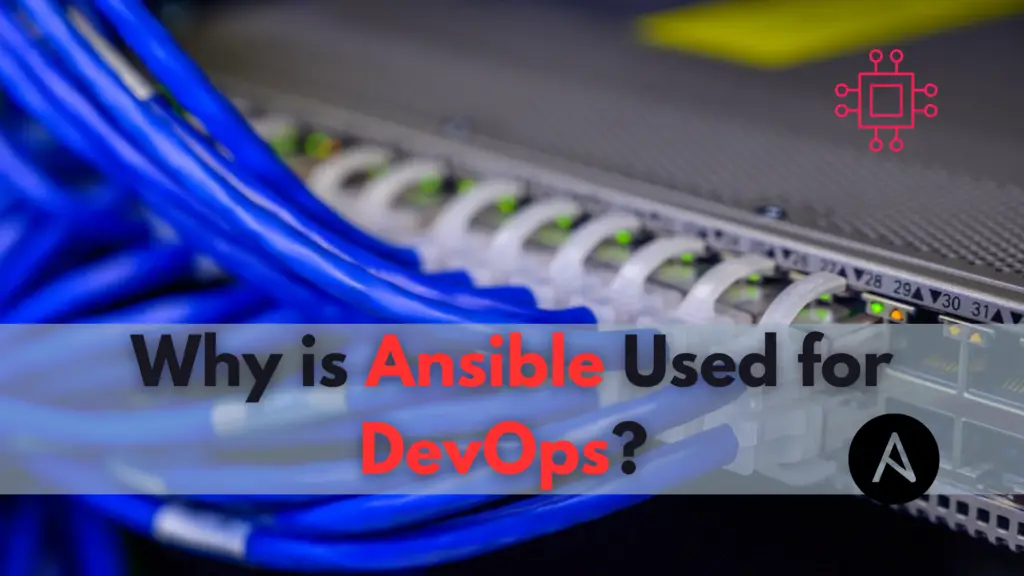Install Apache Guacamole on RHEL 9 Using Ansible Roles

Learn how to install Apache Guacamole on RHEL 9 or CentOS 9 using Ansible roles for automated, secure, and efficient remote desktop access. Step-by-step guide with CLI examples. Table of Contents Introduction Apache Guacamole is a powerful, clientless remote desktop gateway that allows you to access your desktops or servers using a web browser. As […]
Install Ansible Tower on RHEL 9

Learn how to install Ansible Tower on RHEL 9 with this comprehensive step-by-step guide. Covering prerequisites, system requirements, and post-installation tasks, this resource is perfect for IT professionals looking to enhance automation capabilities. Table of Contents Red Hat Ansible Tower was rebranded as Red Hat Automation Controller in October 2021. This change was part of a […]
Install GitLab CE on RHEL 9 | CentOS 9 Using Ansible Roles

Learn how to install GitLab CE on RHEL 9 or CentOS 9 using Ansible roles. This comprehensive guide covers prerequisites, creating Ansible roles, executing playbooks, and setting up SSL for a secure GitLab instance. Streamline your DevOps workflow with automation and maintainability! Table of Contents Introduction GitLab Community Edition (CE) is a powerful web-based DevOps tool […]
Automating Zabbix Installations Using Ansible: A Comprehensive Guide

Automating Zabbix Installations Using Ansible simplifies the deployment and configuration of Zabbix, an open-source monitoring solution. This comprehensive guide provides step-by-step instructions, essential YAML configurations, and best practices to enhance efficiency and reduce manual errors in your monitoring setup. Perfect for IT administrators looking to streamline their infrastructure management. Table of Contents Introduction In the […]
Install LAMP Stack on RHEL 9 using Ansible

Learn how to effortlessly deploy and manage a LAMP stack on RHEL9 using Ansible. Streamline your server setup with automation! Table of Contents Introduction Hey there, fellow tech enthusiasts! Are you ready to take your server game to the next level? Today, we’re diving into the world of LAMP stacks on RHEL 9 or CentOS […]
Comparing Ansible, Terraform, and Pulumi: Choosing the Right IaC Tool for Your Project

In this article, we will be comparing Ansible, Terraform, and Pulumi–three popular IaC tools, to help you choose the best option for your projects. Table of Contents Introduction In the rapidly evolving landscape of DevOps and infrastructure management, selecting the right Infrastructure as Code (IaC) tool is crucial for ensuring scalability, maintainability, and efficiency in your […]
Configuration Management with Ansible

In this article, unlock the potential of configuration management with Ansible as we guide you through practical examples. Table of Contents Introduction In today’s dynamic IT landscape, managing and maintaining the configuration of servers and infrastructure is a critical aspect of ensuring a robust and efficient system. Ansible, an open-source automation tool, has gained widespread […]
Why is Ansible Used for DevOps? | 10 Key Factors

If you’ve ever wondered, “Why is Ansible Used for DevOps?” this article is for you. Discover the compelling reasons behind Ansible’s widespread adoption in the DevOps landscape as we unravel its pivotal role in orchestrating seamless automation and driving operational excellence. Table of Contents Introduction In today’s fast-paced digital landscape, DevOps has become a cornerstone […]
10 Must-Read Books about Ansible: Your Ultimate Guide to Automation

In this article, we’ll explore 10 Must-Read books about Ansible, meticulously curated to cater to Ansible administrators across all proficiency levels, ranging from novices to seasoned experts. THIS POST MAY CONTAIN AFFILIATE LINKS. IF YOU BUY SOMETHING WE GET A SMALL COMMISSION AT NO CHARGE TO YOU (READ MORE). Introduction Are you eager to delve […]
10 Ways to Speed Up Your Ansible Playbooks

In this article, we will examine 10 ways to speed up your Ansible Playbooks, providing actionable strategies and examples to optimize performance and streamline automation processes. Table of Contents Introduction In the realm of DevOps and infrastructure management, Ansible has emerged as a powerhouse tool for automating tasks, orchestrating complex workflows, and managing configurations across […]
